At Plane View Farm, we’re building our farm business on only 20 acres. Starting a farm on just 20 acres might seem hard, but it is possible to grow a profitable and diverse farm with smart planning. Many small-scale farmers are proving that you don’t need hundreds of acres to farm for profit. Most small-scale farmers are able to make enough to produce all of the food they need for their families while also putting a little extra money in their pockets. A few are even able to make a living from the land. You just need to focus on the right choices, manage carefully, and add multiple sources of income.
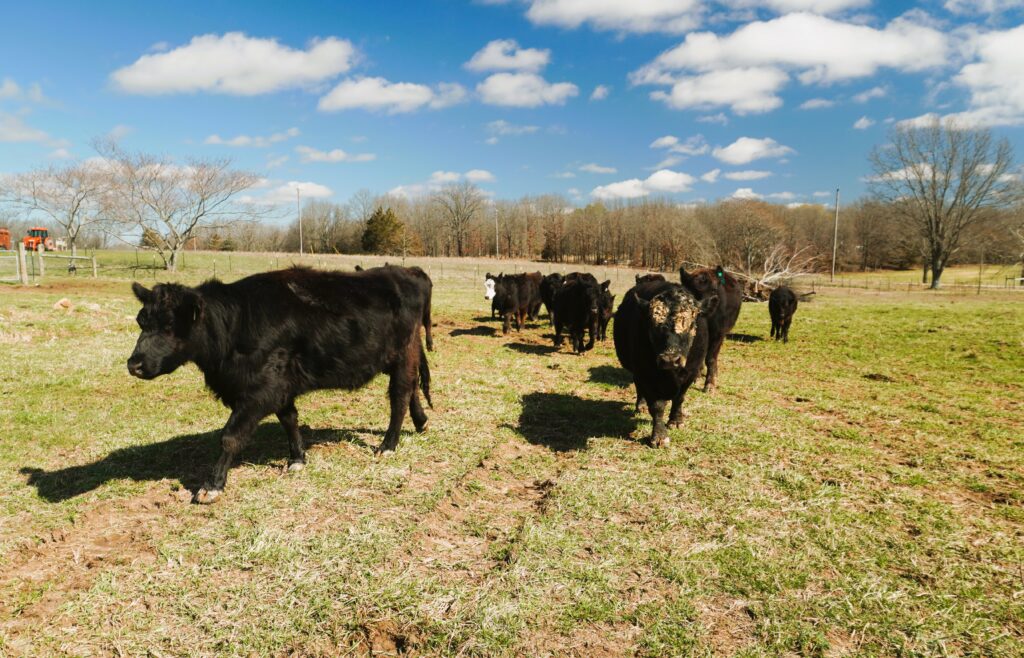
In this guide, you’ll learn how to get the most from a small farm. We’ll cover how to raise animals, grow pasture, and sell products directly to consumers based on the things we’re doing on our farm. Of course, you don’t have to do exactly what we do because you might have different goals. However, whether you’re thinking of turning your homestead into a for-profit operation, wanting to move from part-time farming into a full-time job, or just want to use your land better, this article is for you.
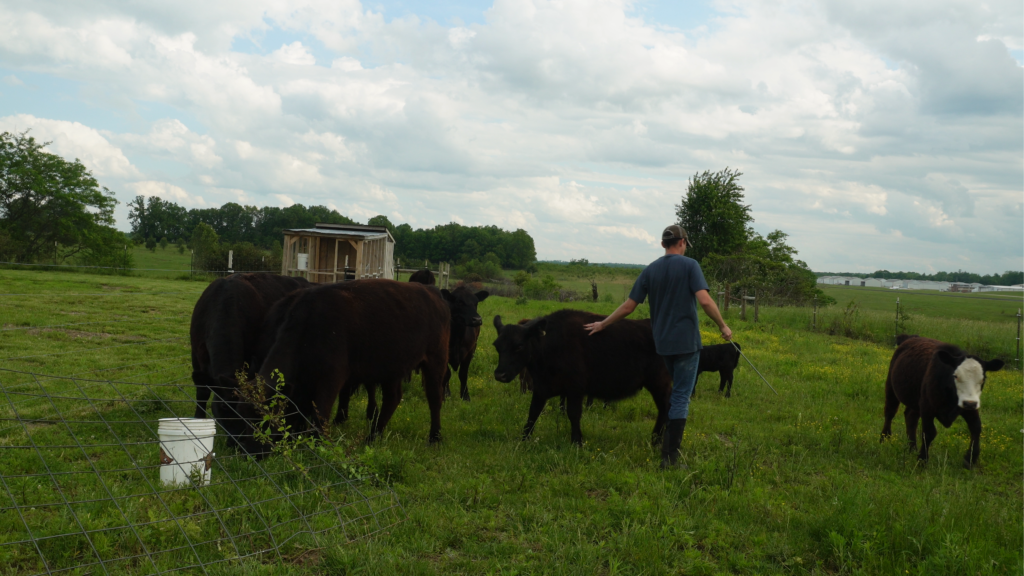
Understanding Small-Scale Farming: The Foundation for Success
The Benefits of Small-Scale Farming
Small farms are cost-effective and often easier to manage. Not having crops or livestock scattered over a large tract of land allows you to keep a better eye on what is going on. However, when you’re limited in space, every inch counts. That means that proper management can be more critical because you have less room for error. While you can focus on what truly works for your land, you must be quick to adjust if you see a problem.
The good news is that managing livestock on less land can also mean less stress and lower expenses. You’re likely to have a greater knowledge of the health and condition of each animal simply because there are fewer of them to keep track of. Better health and overall condition mean higher productivity.
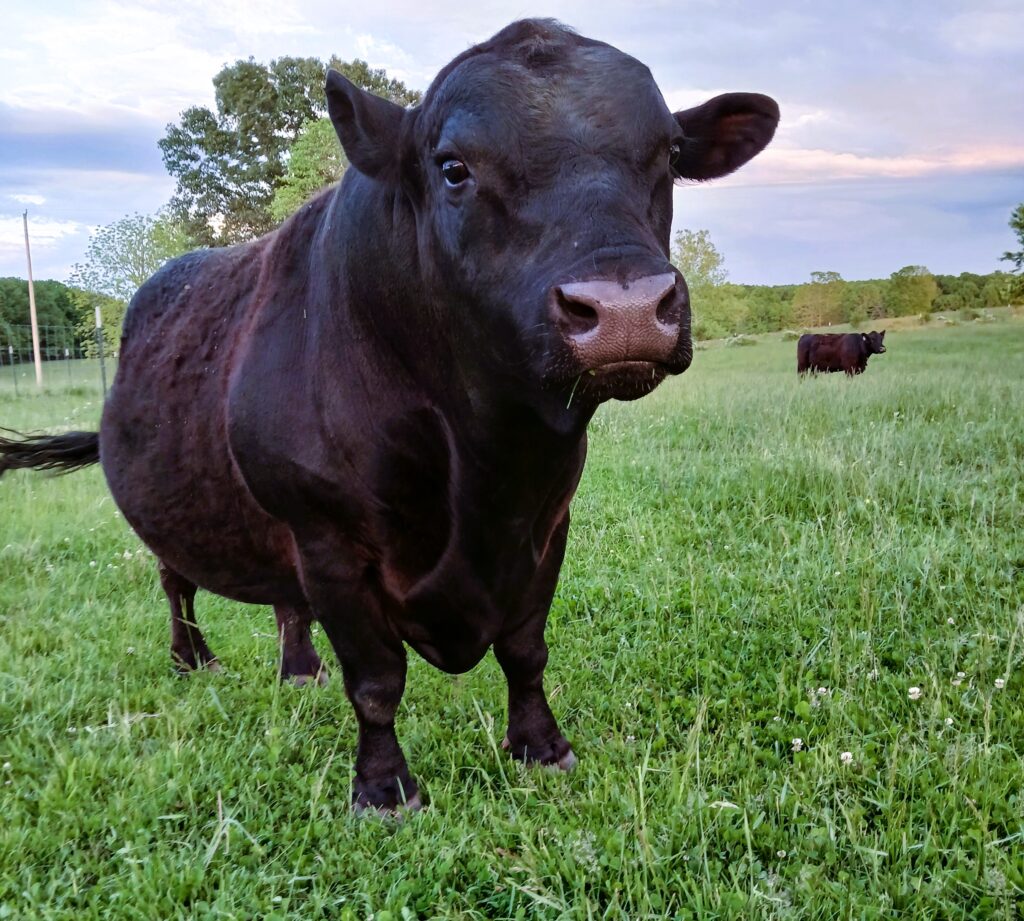
For instance, I have five Lowline (American Aberdeen) cows and at least one group of calves out of those cows on my 20-acre farm. With a quick glance I can tell you how those animals are doing. I know if one is acting a little off or appears to be lacking something. In a larger herd, minor changes in an animals behavior might not be as quickly noticed. The same is true for my goats, pigs, and chickens. I know each animal’s personality and what is considered “normal” for them.
Small scale farms also allow for greater diversity of farm enterprises. On larger farms, labor can quickly run short when dealing with multiple enterprises on one farm. Fewer people can manage more, such as pigs, chickens, sheep, goats, cattle, etc. on smaller acreages.
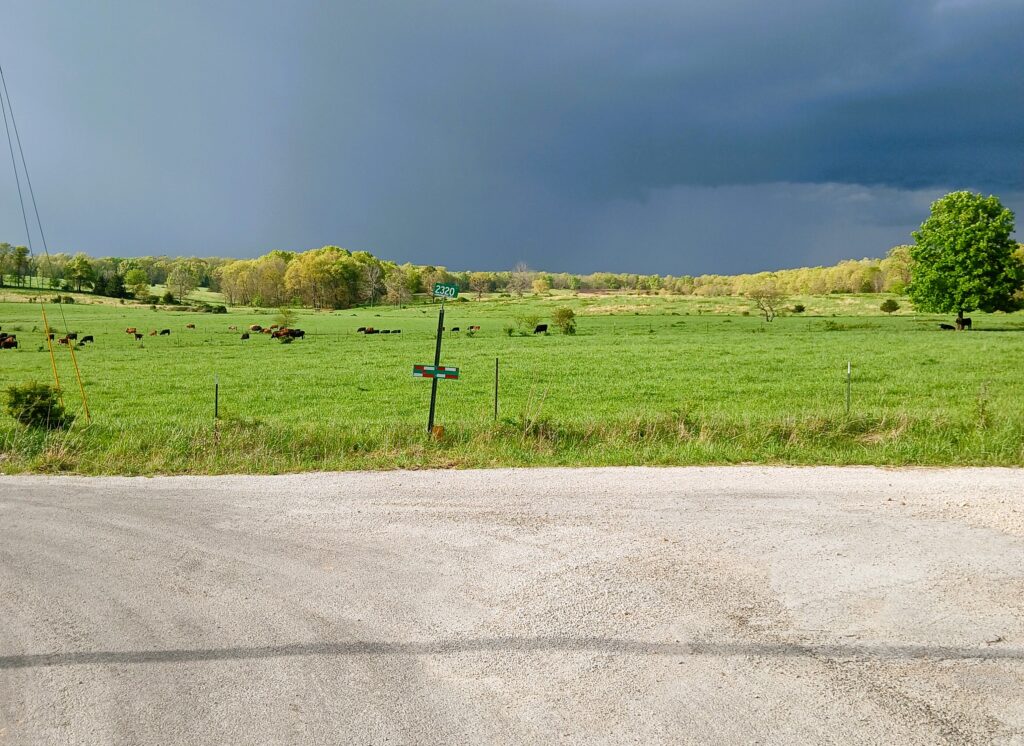
Setting Realistic Goals
Think about what you want to get from your farm. Having an overall vision for your farm helps to keep you focused and provides direction for smaller, short-term goals. Do you want to make a little extra money? Do you want to grow your family’s food? Or, are you looking to build something that can one day provide a full-time income? Setting clear goals helps you decide what animals and crops to prioritize.
You should also consider how much time you want to spend farming and what kind of lifestyle you aim for. If it’s something that you plan to use as a side hustle to help add a little extra to your household income, your lifestyle is going to be different from someone who is trying to produce a full-time income. The same is true if you’re only wanting to grow your own food. It’s important to balance your expectations with your plans.
Livestock Management for Small Acreage Farms: What We Do on Our Farm
Raising Pigs for Pastured Pork
Many small farmers prefer breeds like Mangalitsa, Red Wattle, and Large Black Hogs among others. Heritage pig breeds are good for outdoor living and handle all types of weather relatively well. Some even do well grazing and foraging for food to supplement any feed they are given.
It’s been my experience that pigs require less-maintenance and are more efficient on pasture than some “experts” might suggest. Pigs are very smart animals that usually know more about what they need than we do. To keep them happy, it’s best to give them a place to cool off (shade or a wallow) and a little bit of room to roam. Honestly, pigs don’t need too much land to be happy. You can raise several pigs on only an acre or two of ground. I’ve heard some suggest as many as 30 to 40 per acre. However, my preferred stocking rate is about half that.
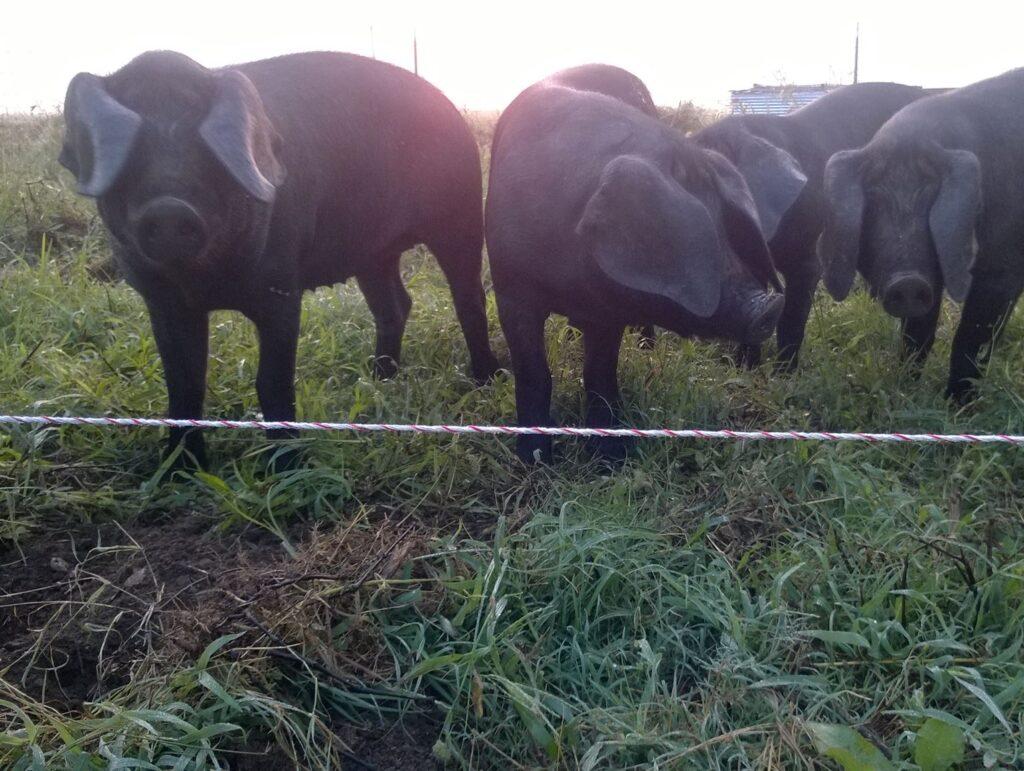
With Just a little training to electric fence you can keep them moving. Regular moves to fresh ground keep the pastures in good health, as well as the pigs. Many people are surprised to learn that pastured pigs don’t “smell like pigs.” That’s because the land is able to absorb and utilize any waste the pigs leave behind. Then, by the time you’re ready to move pigs back onto that location the lifecycle of any pathogens that might be harmful has been disrupted to the point that they no longer threaten the animal’s health.
Managing Cattle on Limited Land
Choosing smaller breeds like Lowline Angus makes managing grazing easier. These smaller cattle eat less and need less space. There are other smaller framed breeds that excel on small acreage as well such as Dexters, Miniature Herefords, and South Poll cattle, just to name a few. Click here to see how small cows make more money.
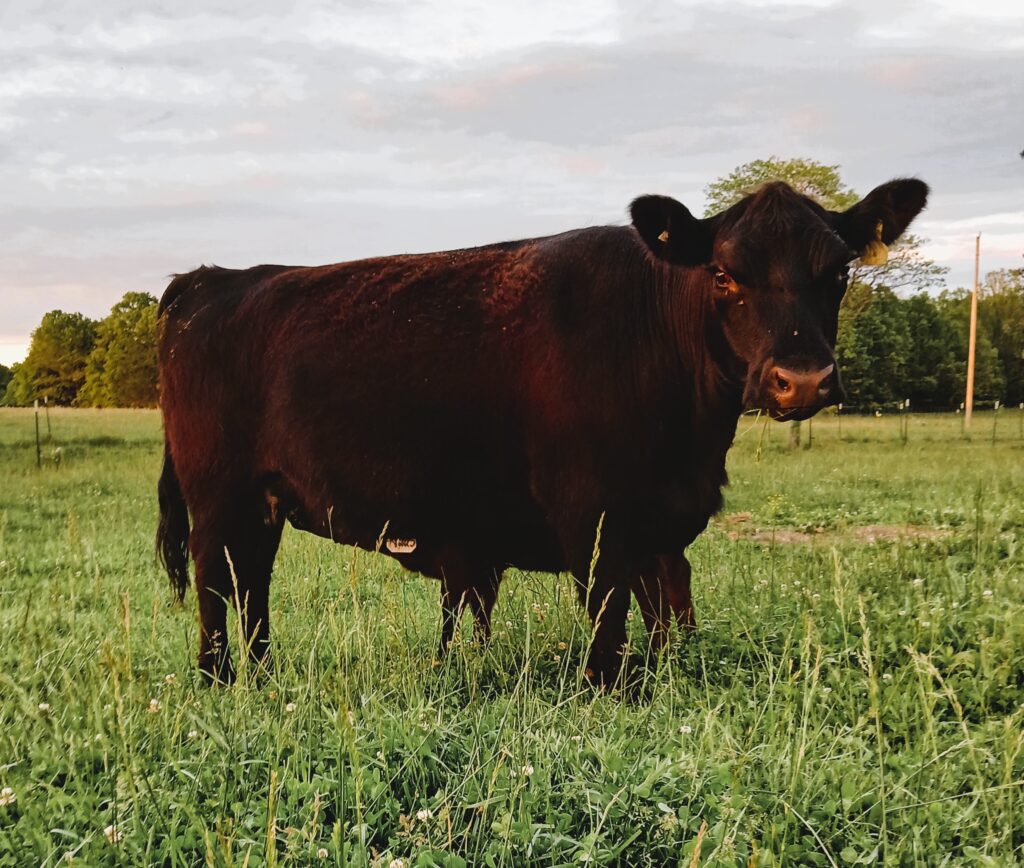
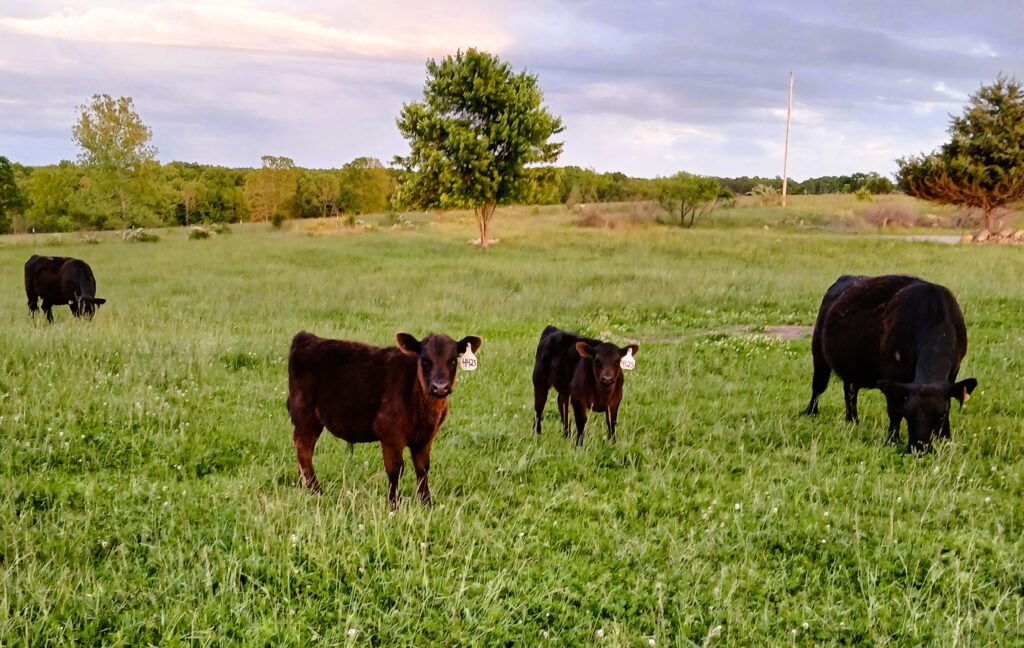
Dividing your land into paddocks using electric fencing is generally the most efficient and cost effective. This makes moving animals simple and keeps them from overgrazing, all while making sure they get the most from the forage that’s available. An effective grazing management system can actually “stretch” your farm stocking rate, making your farm more productive than the traditional open grazing system that many conventional farms still employ.
A major advantage to operating on a small scale is that water availability isn’t as large of an obstacle as it can be in larger operations. One easily accessible pond or water tank can meet the needs of the whole farm. My grazing system has a central alleyway that allows access to a pond from any one of the paddocks that the cattle may be in. It only takes a short walk for my cows to get to water.
Integrating Goats and/or Sheep
Goats are great for controlling brush and weeds. They love eating woody plants and will clear the land efficiently. For my purposes, goats are great for pasture improvement because they eat many of the things that my cattle will not. This means that cattle and goats do not compete for forage, giving me a stacking effect on the land. Sheep can also be useful in this type of program as well, with a few considerations.
Sheep and cattle will overlap a bit more in their forage preferences than goats, but they still have different grazing preferences. As long stocking rates are properly managed, sheep and cattle can perform very well together and actually improve pasture quality.
One major thing to keep in mind is that sheep have different mineral requirements than cattle or goats. Specifically in terms of copper, sheep do not require the copper that cattle and goats do. In fact, if sheep have access to a mineral supplement that is meant for goats or cattle, they can consume enough copper that it becomes toxic.
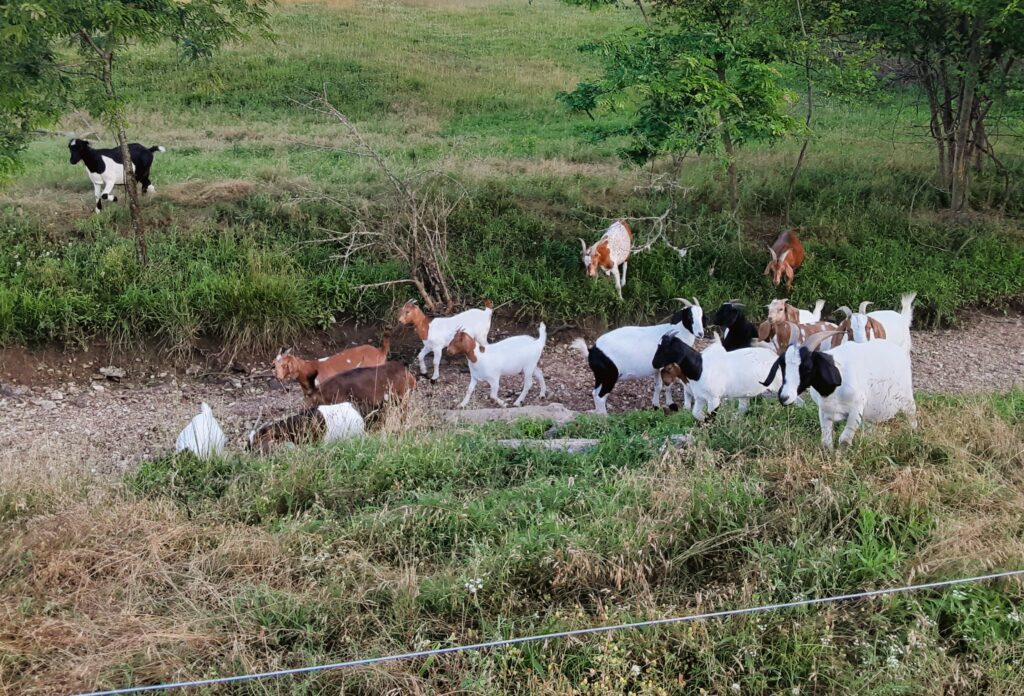
A positive consideration about sheep compared to goats, is that they are more likely to stay inside the confines of a simple two strand electric cross fence. Goats need good, strong fences to keep them where you want them. They are often labeled as escape artists by those who have spent much time with them. I use a seven strand high-tensile electric fence around the perimeter of my property and that has served me very well when it comes to keeping my goats at home.
Adding goats or sheep definitely helps utilize every bit of pasture and creates a balanced farm ecosystem.
Raising Chickens and Egg Production
Chickens are a small’s farm best friend. They produce eggs and help control pests. We currently have around 25 hens in a cozy coop. When spring arrives, you can move them onto pasture for more fresh eggs and natural pest control, or even just let them roam around your yard.

Selling eggs at farmers markets or directly to neighbors is actually our most profitable enterprise. Our biggest problem often is having enough eggs to sell.